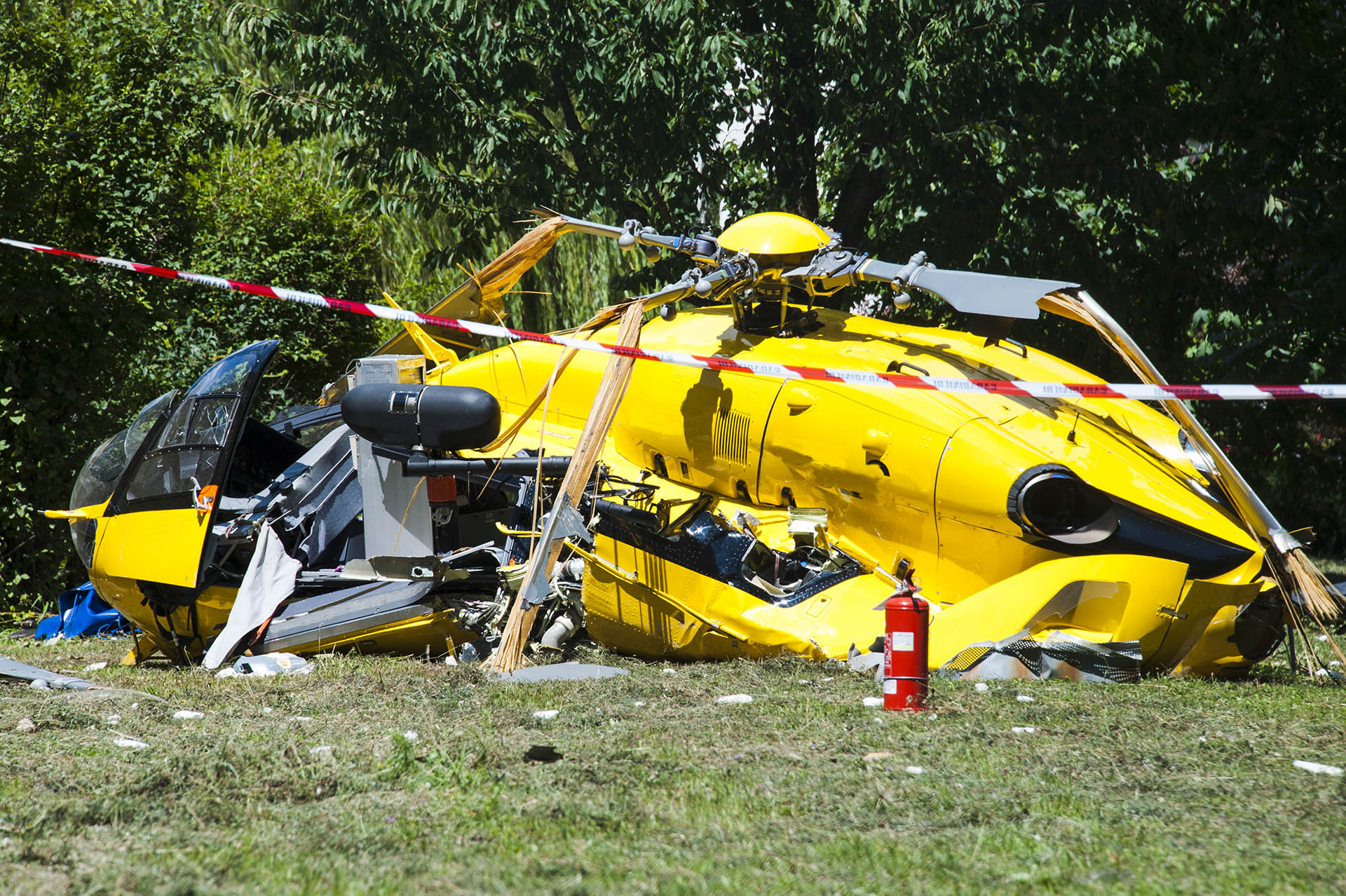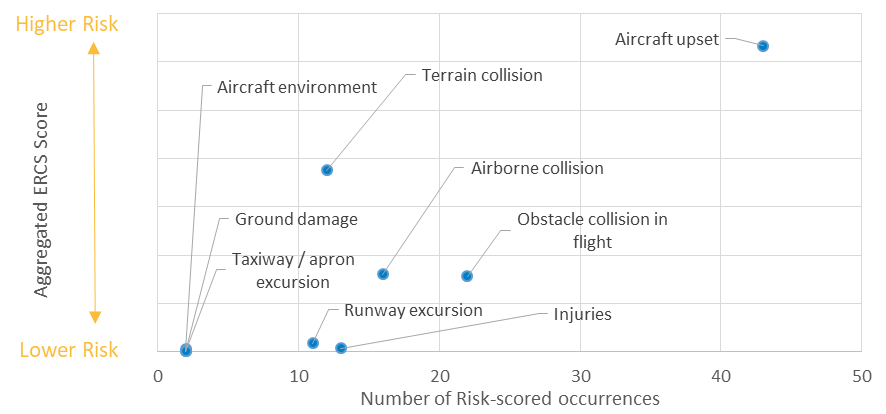Safety Intelligence Helps Us All Make Better Decisions
The more information we have, the better decisions we can make. This part of the Rotorcraft Together4Safety Website is the place to find all the latest Safety Intelligence and information. Whether you are a helicopter operator looking for more information about the EASA Annual Safety Review or a private pilots searching for the lessons from a historic accident – this is where to look. Information comes from my different places and we take the time to collect everything in one place to save you time.
Learning from Accidents
Whenever there is an accident or serious incident, as classified under the Rules of ICAO Annex 13, the relevant Safety Investigation Authority carries out an investigation. Once the investigation is completed they publish a Final Report that outlines the findings of the investigation and the recommendations designed to prevent such an event happening again. When final reports are published that have particularly relevant lessons for others, we will provide the report and a summary of the key findings in this part of the website. Over time it will build up to be a useful resource for the community. We will tag the articles on each accident to help you find them easily later on using the search functions.
Rotorcraft Safety Statistics
Every year EASA produces an Annual Safety Review (ASR) that provides an analysis of safety across all the different domains in the European aviation system. Historically we publish this as a single document, which means that the helicopter part starts around page 60, which doesn’t always make it easy to find. To make things easier, you can also find the details of the Rotorcraft Annual Safety Review in this part of the website. EASA normally produces the ASR between April and June each year and covers the data up to the end of the previous year.
Main Rotorcraft Safety Issues
The next area we focus on in this part of the website are the most important accident types (or Key Risk Areas as we call them) and safety issues that are our greatest focus as we strive to improve rotorcraft safety. From the data analysed over the 2015-2019 period, the common themes identified are:
- Aircraft upset
- Terrain collisions
- Airborne collisions
- Obstacle collisions in flight
It is important to understand more about the types of accident and the associated causal and contributory factors if we are going to understand the things we can do to manage our risks better.

Where the Information and Data Comes From
One of the most frequent questions that people ask is where the data that EASA uses in the analysis for the Annual Safety Review actually comes from. When it comes to Accidents and Serious Incidents, the information comes from the Safety Investigation Authorities (SIA). When an occurrence happens that falls into either of these two categories, the responsible investigation authority will send an initial notification with the known information about the accident. It could be several months or even years before the final report is completed. For accidents and serious incidents that happen in Europe, involve a European operator or a European built product the SIA will inform EASA directly who then enter it into the Agency’s ECCAIRS Database where it is then coded and used for analysis.
For other operational occurrences these are normally reported from the operator to their National Aviation Authority (NAA) who then add the occurrence and any follow-up reports to a European-wide database called the European Central Repository (ECR). This database can then be accessed by EASA and other NAAs for analysis. For technical occurrences involving European products for which the Agency is the competent authority, these are reported by the manufacturer directly to EASA and from there into the ECR. EASA analyses both its own database and the ECR to perform its safety analysis.
The Rules that Apply at Global and European Level
From the point of view of aviation rules, at Global Level the rules in ICAO Annex 13 on “Aircraft Accident and Incident Investigation” apply at an over-arching level. In addition, ICAO Annex 19 on “Safety Management” also outlines the role of occurrence data in managing risks. At European Level, the rules concerning investigations are covered in Regulation (EU) 996/2010 on the investigation and prevention of accidents and incidents in civil aviation. When it comes to Occurrence Reporting, the rules that apply are laid out in Regulation (EU) 376/2014 on the reporting, analysis and follow-up of occurrences in civil aviation.
What Happens to Occurrence Reports and Other Information
The data collected under the two regulations mentioned earlier is coded and analysed by EASA’s Safety Intelligence and Performance Department. The reports are scored using the European Risk Classification Scheme (ERCS) to classify the level of risk involved and the ECCAIRS taxonomy. Once complete, the analysis is circulated to experts both within EASA and, for the relevant chapters, passed to the related Collaborative Analysis Groups (CAGs) and for Rotorcraft to the Rotorcraft Committee (R.COM).
The next part of the analysis, and the most important, is the domain safety risk analysis. This provides an overview of the relative risk level and frequency of each Key Risk Area/ Accident Outcome. At this stage the high risk safety issues are identified for each domain, which then provides the main themes for our safety efforts.

A data portfolio is then developed, which lists the domain’s safety issues being cross-referenced with the key risk areas. The data portfolio tables have 2 axes. Along the top, information are the key risk areas, which are the most frequent accident outcomes or potential accident outcomes in that domain. In the context of the EASA safety performance framework, the key risk areas are the Tier 2 safety performance indicators (SPIs) for the domain. The key risk areas are, in most cases, ordered on the basis of their risk levels, determined using the ERCS. On the left hand axis of the portfolio are the safety issues, which relate to the causal and contributory factors to the key risk areas (accident outcomes). In terms of safety performance, these are the Tier 2+ SPIs. These are prioritised on the basis of their aggregated risk contribution using ERCS. The occurrences related to the individual safety issues and are identified by mapping event types in the ECCAIRS taxonomy to each safety issue.
And this is where the Safety Issues come from.